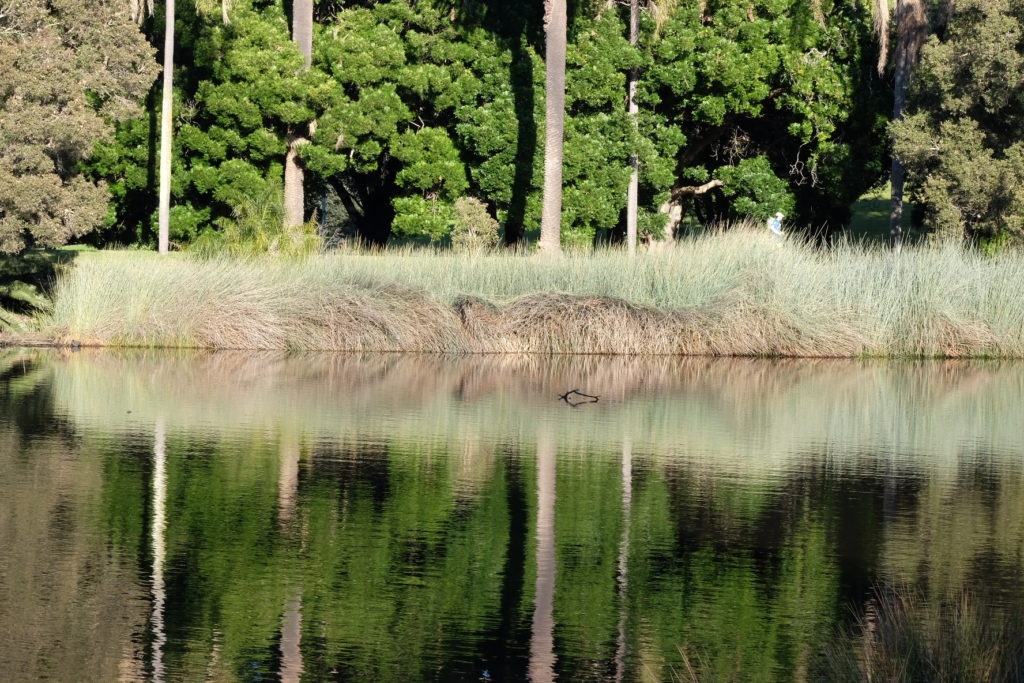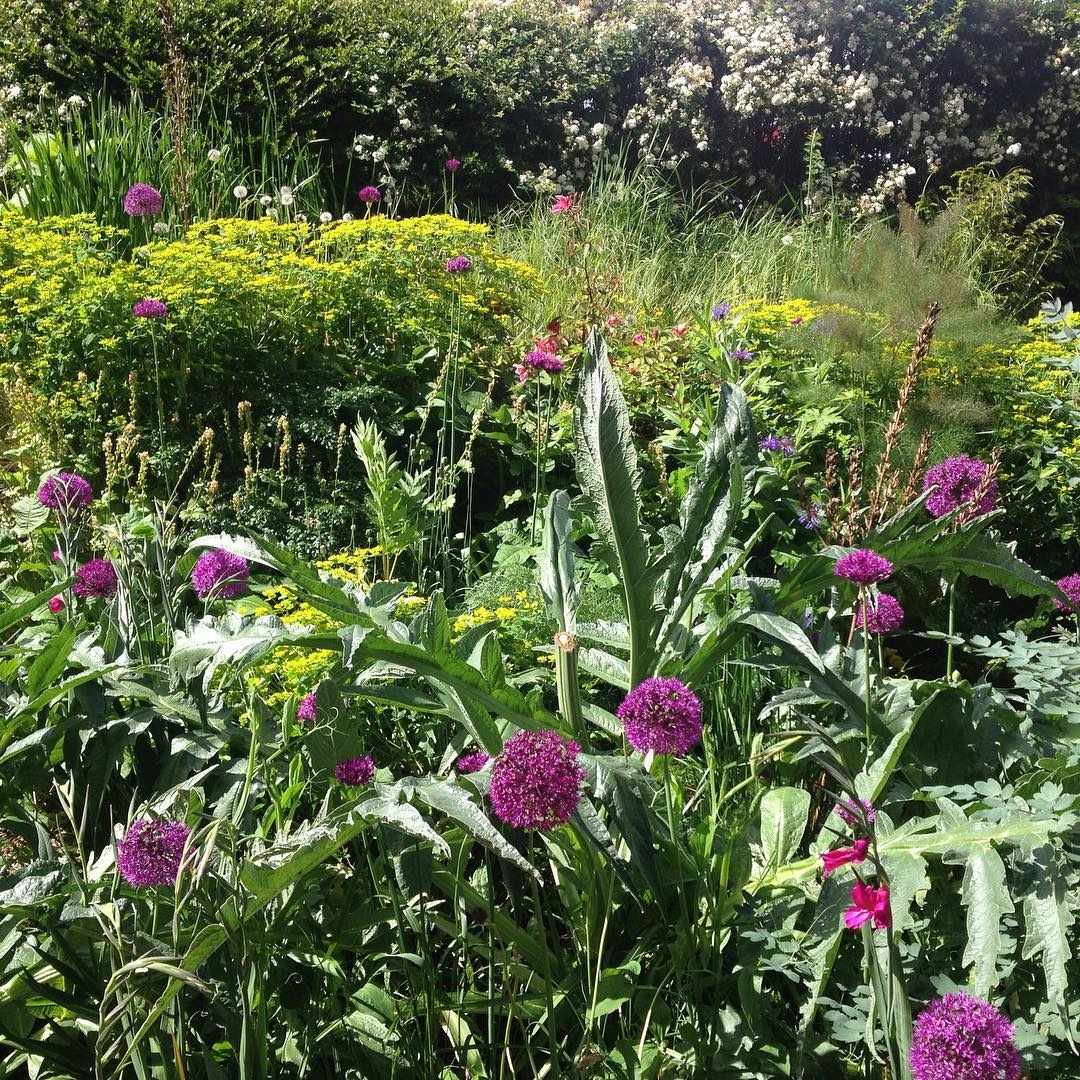Paula Broom’s photograph of Sydney’s Centennial Park shows the complexity and joy we find in urban greenery.
We live in cities but long for the countryside. Surrounded by our fellow humans engaged in industry and social activity of all sorts, we create moments of solitude and reflection for ourselves surrounded by what greenery we can find. Perhaps sometimes as little as a few plants on a balcony will suffice for us to reconnect with nature and ourselves.
But this is no new feeling. The Latin phrase ‘rus in urbe’, meaning the ‘countryside in the city’ was coined by the Roman poet Martial who complained that "there is no place in town, where a poor man can either think or rest. One cannot live for schoolmasters in the morning, corn grinders at night, and braziers’ hammers all day and night."
And so cities have city parks, where a bit of green can be found among the grey. For our Sharing Nature project, for the past fortnight we’ve been asking you to share your images of GREEN with us, and to look at others’ images. Paula Broom submitted a photo of a pond in Sydney’s Centennial Park, and this image resonated with most of you.

Sydney's Centennial Park by Paula Broom on Instagram
Paula writes:

Satellite view of Centennial Park. Courtesy Google Maps.
This photo is of one of the many ponds in Sydney’s historic and much loved Centennial Park. This park was established in the 1800s, along the lines of the old Victorian ideals of ‘public park’. It was nicknamed ‘the People’s Park’ and the plantings undertaken were made to fit within the Australian landscape using both native and exotic species.
The ponds form an interconnected chain that is still important today as part of the Botany Aquifer. The upper catchment takes storm water underground from Centennial Park through layers of sand, peats and clays all the way to the coast at Botany Bay, some 6 kilometres downstream. Although much depleted from its pre-settlement state, it is the largest freshwater catchment in Sydney, helping with stormwater runoff and drainage. The riparian plantings of trees and grasses photographed not only help improve water quality by filtering pollutants and nutrients but they also provide vital habitat for some of the water birds, such as ducks, herons and swamphens that inhabit the parklands.
Not only is the park home to many species of native animal as well as birds, trees and plants, but it is used by thousands of Sydneysiders every day. You cannot underestimate the contribution of this park to the environmental health of Sydney and the physical health of the Sydneysiders who use it for pursuits such as cycling, jogging, dog walking and even horseriding. This is ‘green’ at its best, which basically means a ‘win’ for all!
Paula hints at both the ecological and social purposes of a city park. As cities expanded dramatically in the nineteenth century, it was the poor and working class inhabitants of the urban environment who had least access to England’s green and pleasant land. London’s ‘people’s park’, Victoria Park, is in the East End, where former parkland attached to a bishop’s palace became a place for collective recreation, with bathing ponds for washing and swimming. But the park also became a home for radicalism, with its own ‘speaker’s corner’ where crowds gathered to see political orators; anti-racist concerts were held here in the 1970s and 1980s, finding a very urban kind of togetherness and common purpose.
Sometimes a park can simply seem like the absence of a city. Perhaps the most dramatic example of this is New York City’s Central Park, where the rigidly rectilinear urban grid simply gives way to greenery at 59th Street. Lobbied by residents, the city planners made space in the midst of the expanding city for New Yorkers to relax and breathe amidst the trees. But a previous idyll had to make way: approximately 1,600 free African Americans and Irish immigrants who had settled in this part of Manhattan were evicted from their land and their villages razed to create the citydwellers’ park.

Little Dixter. Photo by Rosie Stanbury.
In the early twentieth century, Ebeneezer Howard’s Garden City movement sought to integrate the green right into the fabric of newly-built cities. Howard envisaged new cities planned from scratch with open spaces, wide roads and affordable housing for working people. The movement had more influence than immediate success, but garden cities remain popular with those who want to live among others without renouncing the natural world. Individual gardens also allow for personality and idiosyncrasy: in Howard’s Welwyn Garden City, plant diversity student David Stanbury is creating ‘Little Dixter’, a garden inspired by Great Dixter, where gardening writer Christopher Lloyd conducted bold experiments with profuse and mixed planting.
Once built, can a city ever be reclaimed for nature? Perhaps its garbage can. In our ‘Dirt’ exhibition in 2011 we featured New York’s Freshkills Park, built on the city’s landfill site on Staten Island. Over 30 years the former home of the Big Apple’s waste will become New York’s largest park. The redevelopment plan takes into account both the toxic legacy of waste and the realities of a warming world: the result will hopefully be sustainable for both the environment and humans. Where nature is reinvigorated, people can also be revived.
About the contributors
Danny Birchall
Danny is Wellcome Collection's Digital Content Manager.

